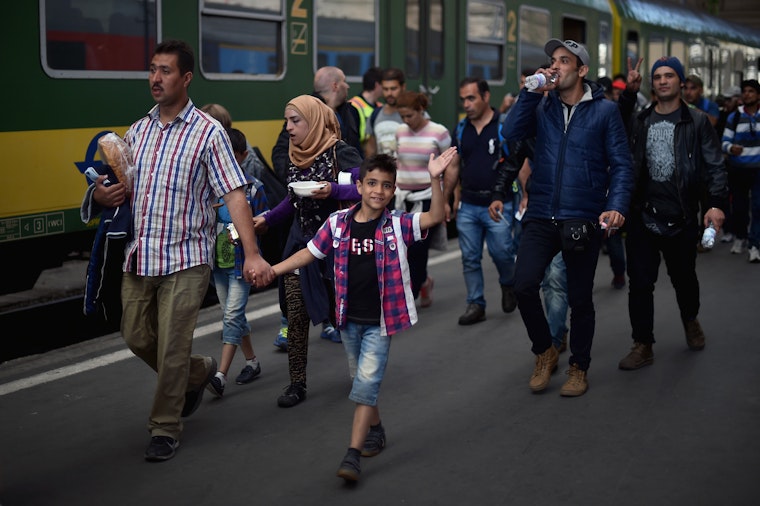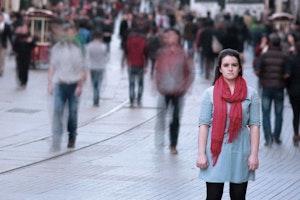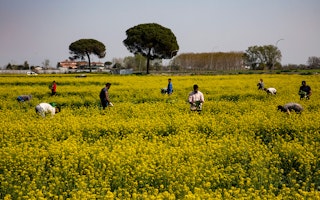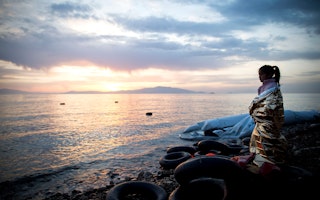History Shows That Europe Can Handle a Refugee Influx
By Enna Gerin

For a long time I didn’t think of my family as refugees, even though I knew we’d fled conflict in our native country when I was a child. It wasn’t until I grew up and studied political science that I learned about the 1951 Refugee Convention. I suddenly saw how my life had been shaped by political decisions.
In the wake of the tragic terrorist attacks in Paris, I fear that politics will once again affect the lives of thousands of refugees who are at risk of being portrayed as the enemy, when they are in fact the victims.
In 1993, Sweden decided to offer permanent resident status and asylum to 80,000 refugees fleeing the war in Yugoslavia. I was one of them. My mom, dad, and I had fled our war-torn hometown of Mostar in Bosnia and Herzegovina, with an intermediary stop at a refugee camp in Croatia. The Swedish government’s decision came only a week after we crossed into the country. I was five years old.
I don’t remember much about our journey to Sweden—mainly what I recall is the long bus ride, the type of tedious trip that would drive any five-year-old mad. But looking back, and comparing my experience to that of the refugees seeking protection in Europe today, I see my case as a textbook example of how an asylum system should work.
There was a war, and we needed to get to safety. We got on a bus and this bus took us to a safe country, and that country granted us swift asylum and residency. In that sense, it was a very privileged experience. We didn’t risk our lives crossing the Mediterranean in an overcrowded boat, traverse countries on foot, or live in limbo until a government finally decided to take us in.
I don’t remember much about my life in Mostar—my brain erased those traumas long ago. My memories begin when we came to Sweden and started our new life. In our first year, we were placed in a refugee center; later we shared an apartment with other refugees. But what we were given from the very beginning—what was just as important as shelter—was peace of mind.
Even though it took a year for us to get our own apartment, knowing within a week of our arrival that we would be granted asylum was priceless. Thanks to the Swedish government’s decision to welcome people fleeing Yugoslavia, we knew that, going forward, this was where we would build our new lives. Today many refugees have to wait years for that assurance.
I consider Örebro, Sweden, to be my hometown—the place where I became who I am today. When I was 21, I moved to Berlin to study German and got my degree in political science. I’ve just now moved to Budapest to get my master’s degree at the Central European University.
On the day I arrived in Budapest, I went to Keleti train station where many of the refugees who’d made it to Hungary were waiting for onward transit. I was part of the volunteer operations there until the border was closed and Keleti emptied. What struck me was the identification I felt. When I was a child at the refugee camp in Croatia, there were volunteers there to entertain us. Now, 25 years later, I was at Keleti station doing exactly the same thing.
Some of the refugee children at Keleti were wearing Swedish football sweaters. They told me they wanted to go to Sweden. When I would tell them that I was once a refugee too and was given a chance to start a new life there, I think I somehow symbolized hope for them.
Enna Gerin is a master’s student in nationalism studies and political science at Central European University in Budapest.


